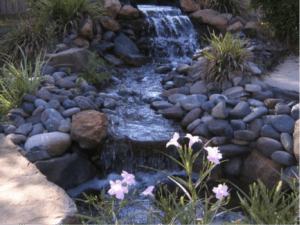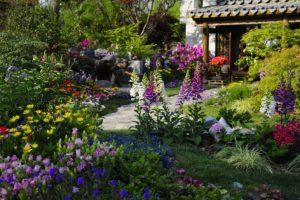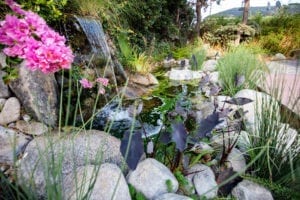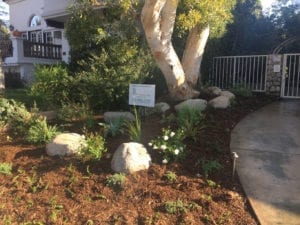With the increasing concern over water conservation and the need for sustainable landscaping practices, drought-tolerant landscaping has become a popular choice for many homeowners. Not only does it help in conserving water, but it also offers an array of beautiful and low-maintenance options for creating an aesthetically pleasing outdoor space.
If you’re looking to revamp your landscape to withstand dry conditions and reduce water usage, here are the ten best drought-tolerant landscaping ideas to consider.
1. Xeriscaping
Xeriscaping is a landscaping technique that focuses on using plants that are well-adapted to the local climate and require minimal water. By incorporating native plants and strategically planning the layout, you can create an attractive and sustainable landscape that thrives even in arid conditions.
2. Succulent Gardens
Succulents are renowned for their ability to store water in their leaves, stems, and roots, making them an ideal choice for drought-tolerant landscaping. With their striking shapes, textures, and vibrant colors, succulents can add visual interest to any garden or outdoor space.

3. Drought-Resistant Grasses
Consider replacing traditional grass lawns with varieties that are more tolerant of dry conditions, such as Bermuda grass, Buffalo grass, or Zoysia grass. These types of grass require less water and maintenance, making them a practical and eco-friendly choice for a drought-tolerant lawn.
4. Mulching
Applying a layer of mulch around plants and garden beds helps retain soil moisture, suppress weed growth, and regulate soil temperature. Organic mulches, such as wood chips, bark, or straw, not only conserve water but also enhance the overall appearance of the landscape.
5. Rock Gardens
Incorporating rocks and boulders into your landscape design can create a visually striking and low-maintenance garden. Combined with drought-tolerant plants like agaves, yuccas, and ornamental grasses, rock gardens can add a unique and natural charm to your outdoor space.

6. Drip Irrigation Systems
Installing a drip irrigation system is an efficient way to deliver water directly to the roots of plants, minimizing water loss through evaporation and runoff. This method ensures that water is used more effectively, reducing overall water consumption and promoting healthy plant growth.
7. Rainwater Harvesting
Collecting and storing rainwater for later use is an excellent way to supplement irrigation needs during dry periods. Installing rain barrels or cisterns allows you to harness natural rainfall, reducing the reliance on municipal water sources and promoting sustainable water management practices.
8. Permeable Hardscapes
Use permeable materials, such as gravel, permeable pavers, or decomposed granite, for pathways, driveways, and patios. These materials allow water to infiltrate the soil, preventing runoff and promoting groundwater recharge, while also adding an attractive and eco-friendly touch to your outdoor living spaces.
9. Drought-Resistant Shrubs and Trees
Incorporate native shrubs and trees that are well-suited to your local climate and require minimal watering once established. Drought-resistant options such as lavender, rosemary, and olive trees not only add visual appeal but also provide habitat for local wildlife and contribute to the overall ecological balance of your landscape.

10. Soil Amendment and Composting
Improving soil quality through the addition of compost and organic matter can enhance water retention and promote healthier plant growth. Amending the soil with organic materials helps create a more resilient and nourishing environment for your plants, ensuring that they can better withstand periods of drought.

By implementing these drought-tolerant landscaping ideas, you can create a beautiful, sustainable, and water-efficient outdoor space that not only enhances the aesthetic appeal of your property but also contributes to the preservation of precious water resources. Embracing these practices not only benefits your immediate surroundings but also supports a more environmentally conscious approach to landscaping that can have a positive impact on the larger ecosystem.
For further more information, you can visit Backyard Gardening: A Step-by-Step Approach.







